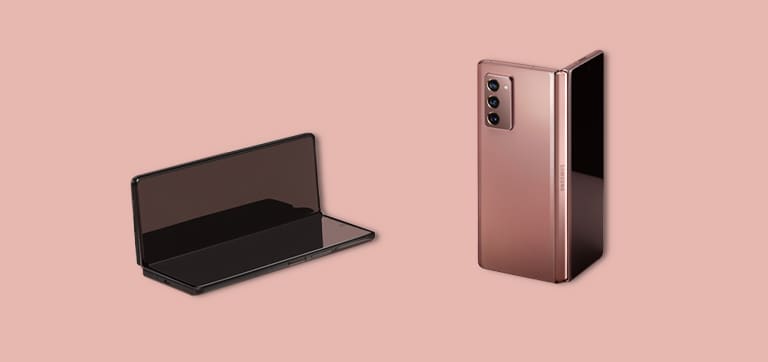
How to get the most out of your mobile phone camera
Whether you’re the casual selfie-taker or a professional photographer, a mobile phone camera these days is versatile enough to suit your needs and requirements. That being said, everyone doesn’t get the most out of their devices, leaving an expensive phone purchase to go to waste. If you’re looking to experiment with your device’s set of eyes, here are some ways you can take your photo-snapping and video shooting skills to the next level.
The native app on your mobile phone camera
This is the most underrated tip that floats around photography blogs and websites. Most people are unaware of the fantastic features pre-installed and ready to use within the local photo application on your pocket companion. Both iOS and Android devices have many filters in the native app, and essential functions to adjust the settings of your pictures.
If your shooting environment is a dark place like a night club or an extremely bright location outside, you can easily adjust the exposure of the shot with a tap and slide on the screen. Pressing on a particular part of the screen lets you change the focus of the image, and you can choose between different flash options depending on the lighting that’s available or missing.
Newer devices come with HDR capabilities, combining multiple levels of exposure to produce the best possible image. HDR is perfect for wide-angle photos of urban and rural landscapes, preserving detail by maintaining a healthier balance of shadows and highlights.
Third-party apps
While your device’s native app can do quite a bit on its own, it isn’t perfect. This is where third-party tools can come in as reinforcements, improving the creative output of your mobile phone camera. Whether it’s the App Store or the Google Play Store, there are both free and premium options to polish your photos and videos with some excellent features.
One of the most impressive apps available on both iOS and Android models is VSCO, this app provides some of the basic editing options available on other tools but offers much more manual control of individual camera settings.
For example, the third-party application lets you experiment with the shutter speed, and the length of time the image sensor is exposed to light. The native app lets you auto-focus when you hold your finger on a particular spot on the screen. VSCO enables you to focus manually, adjusting a sliding scale as if you were turning the lens on a DSLR camera.
Depending on your experience level, you can control and manipulate the software and hardware settings of your mobile phone camera using third-party tools.
Improving your photography skills
This tip is perhaps the most time-consuming since it involves learning a new set of skills, which means there are going to be multiple instances of trial and error. However, like most things in life, practice makes perfect. Let’s dig into some quick actions you can implement, starting today.
- Take plenty of photos. Your first photo is not going to be the greatest. Snap multiple shots from different angles until you discover the perfect match.
- Use natural lighting to your advantage. Depending on the time of day and where the sun is, you can create some breathtaking effects with your mobile phone camera. Placing your subject in front of a sunrise or sunset, for example, is the easiest way to capture a silhouette.
- Turn the flash off. This tip is connected to the previous one, and they both work well together. The flash on a mobile phone camera isn’t very powerful, travelling a couple of metres at the most.
There are too many tips and suggestions to cover in a single blog post, so here’s an article covering 96 of them, tackling everything from composition to post-processing. There’s also an entire website dedicated to iPhone photography, helping everyone from beginners to professionals.
Purchasing accessories
Similar to the market for DSLR camera accessories, there’s a new industry around additions and attachments for your mobile phone camera. You can purchase attachable lens kits for various scenarios, from shooting extreme close-ups with a macro lens to a broader landscape shot with a wide-angle lens.
We shouldn’t forget to mention the staple products of this growing industry, the ubiquitous selfie stick and smartphone tripod. To prevent your shaky hand from ruining a snap, these items are a definite must-have.
Key takeaways
Finding out what your mobile phone camera is capable of is like discovering a hidden cave full of treasure chests. There are so many tools and features you can try out to create the best possible photos and videos. If you’re looking to find a device that takes exceptional snaps and videos, check out our previous blog post here. If you’re ready to make a purchase, our catalogue of smartphones should have you covered.


